When you sip a cappuccino in Rome or buy a handmade trinket in Croatia, you’re not just engaging with a local culture — you’re riding the invisible currents of global trade. Most travelers don’t think about shipping lanes, tariffs, or currency flows when they pack their suitcase. But let me tell you, whether you’re strolling through the Champs-Élysées in Paris or buying a pastry at the corner cafe back home, global trade is quietly steering the journey.
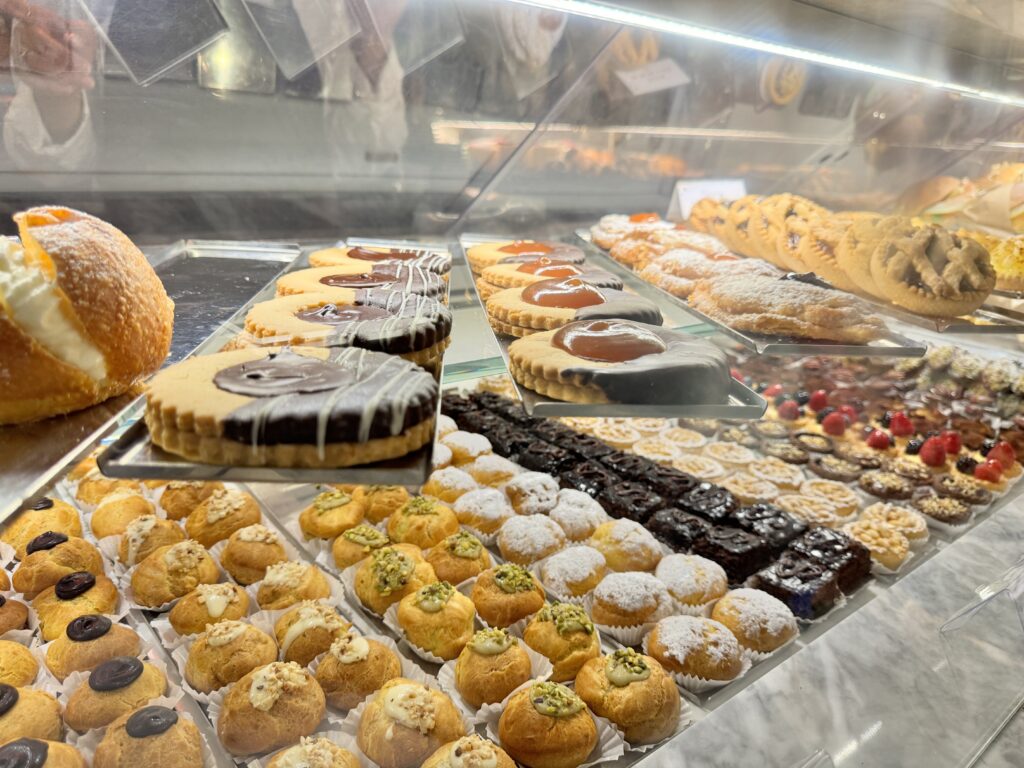
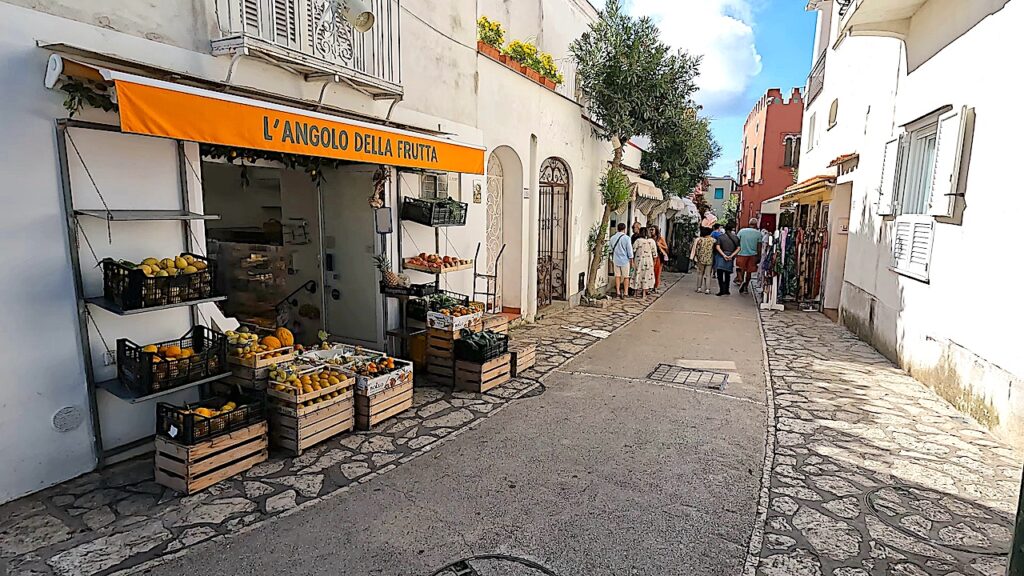
✈️ The Traveling Life, By Way of a Container Ship
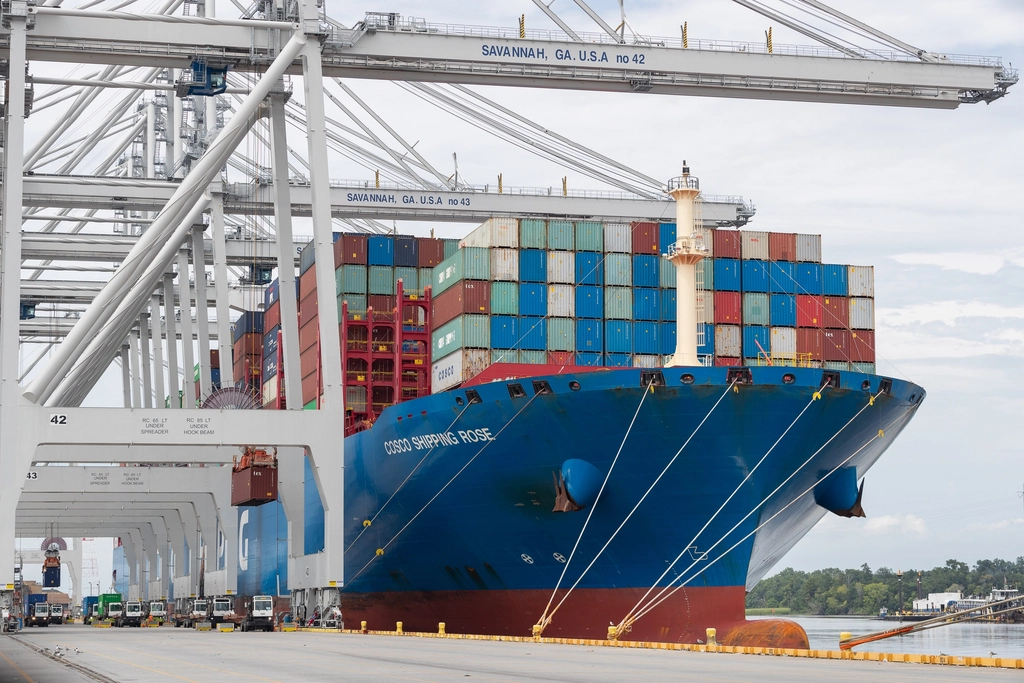
That $90 carry-on roller you grabbed online? Likely made in Vietnam, zipped through U.S. customs, and tagged “smart travel tech” before it reached your porch. The convenience of modern travel — affordable flights, lightweight gear, sleek gadgets — rests on a world where goods move fast and cheap. A trade deficit in goods, like the U.S. has, isn’t just an economic headline — it’s the reason your portable charger costs $20 instead of $70.
🍜 Local Flavors, Global Ingredients
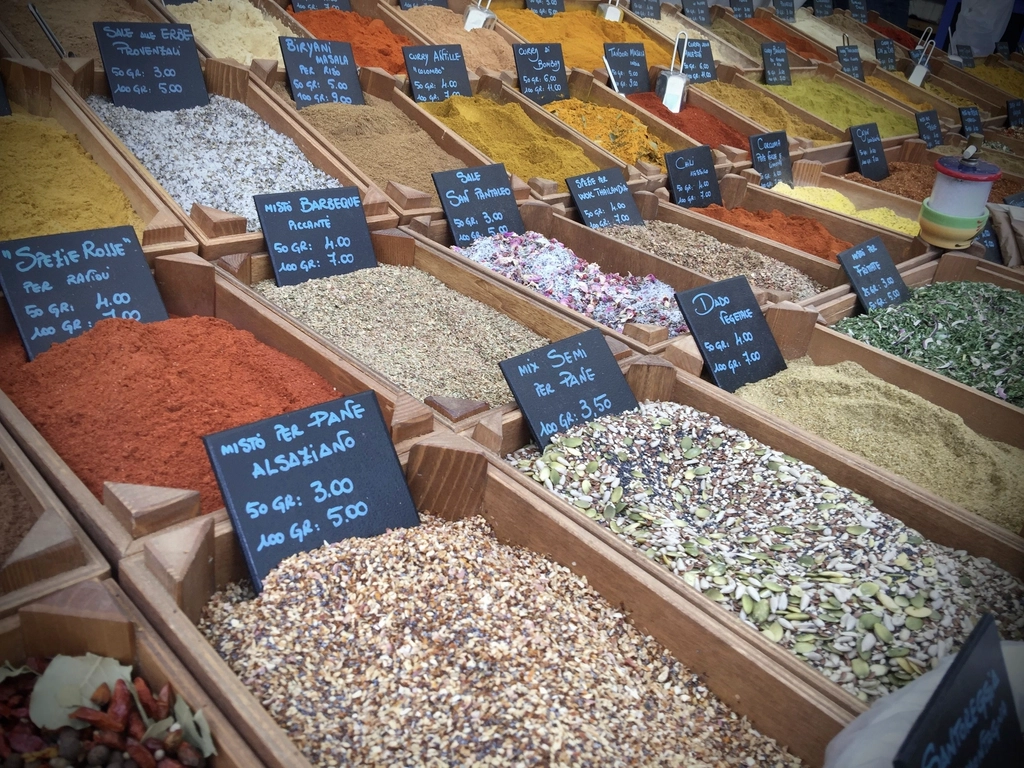
Even our plates reflect the flow of trade. A bowl of pho in Los Angeles may use U.S. beef and Thai-imported spices, while a slice of key lime pie in Prague? It might owe its sweetness to Florida citrus. Trade makes it possible. When those supply chains snarl — say, due to a trade war or global crisis — prices rise, menus shrink, and authenticity gets compromised. In 2018, when the U.S. slapped tariffs on European cheese, some boutique hotels in Italy stopped offering free American-style breakfasts with cheddar omelets — costs just didn’t pencil out.
🌐 When Trade Wars Become Travel Wars

Let’s talk real stakes. When governments slap tariffs or restrict imports, it’s not just factories and ports that feel it — it’s also travelers.
🔄 As an American Abroad:
- Higher prices in some places. If the dollar weakens due to trade friction, your euros, pounds, or yen don’t go as far.
- Tense diplomatic ripples: Trade disputes can strain relations — you might notice more visa scrutiny, security checks, or even a change in the “vibe” toward Americans in certain countries.
- Limited availability of familiar products or services (Apple Pay suddenly not working, or fewer American brand options in shops).
🛬 As a Foreign Tourist Visiting The U.S.:
- If their home currency weakens (a trade retaliation effect), travel to the U.S. becomes expensive, and visits drop.
- That’s why during U.S.-China tensions, Chinese tourism dipped, hurting cities like L.A., San Francisco, and NYC.
- Meanwhile, U.S. national parks, theme park resorts, malls, and universities feel it — fewer international visitors mean fewer dollars circulating.
💼 What It Means For Wanderers
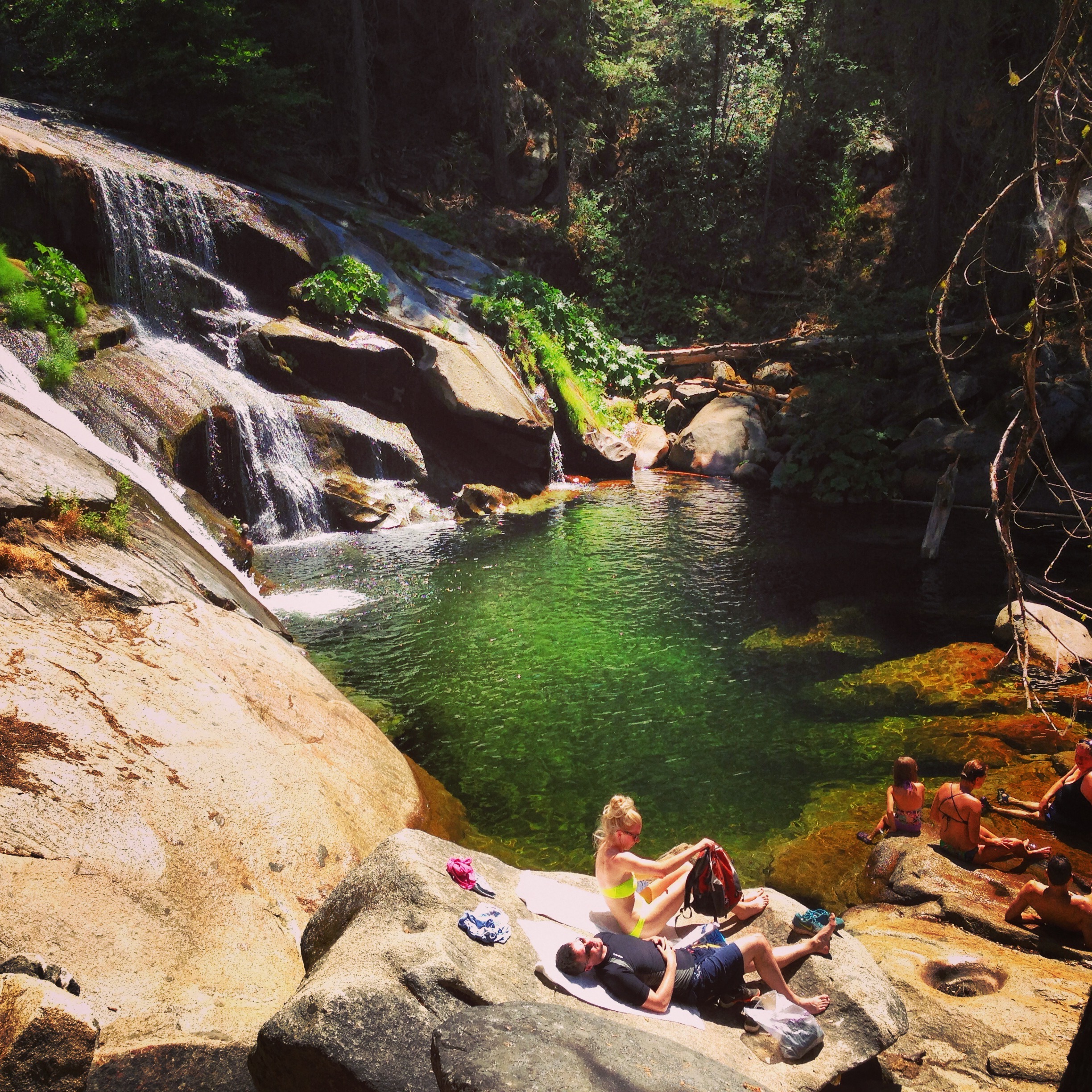
So what’s a mellow traveler to do?
- Stay flexible: If trade tensions spike, flight routes, costs, and entry requirements can shift.
- Shop consciously: Support local makers who source materials responsibly. Ask where things are made — you’ll often spark a great story.
- Keep an eye on currency trends: A little financial awareness goes a long way in timing that big trip.
🧳 Final Boarding Thought
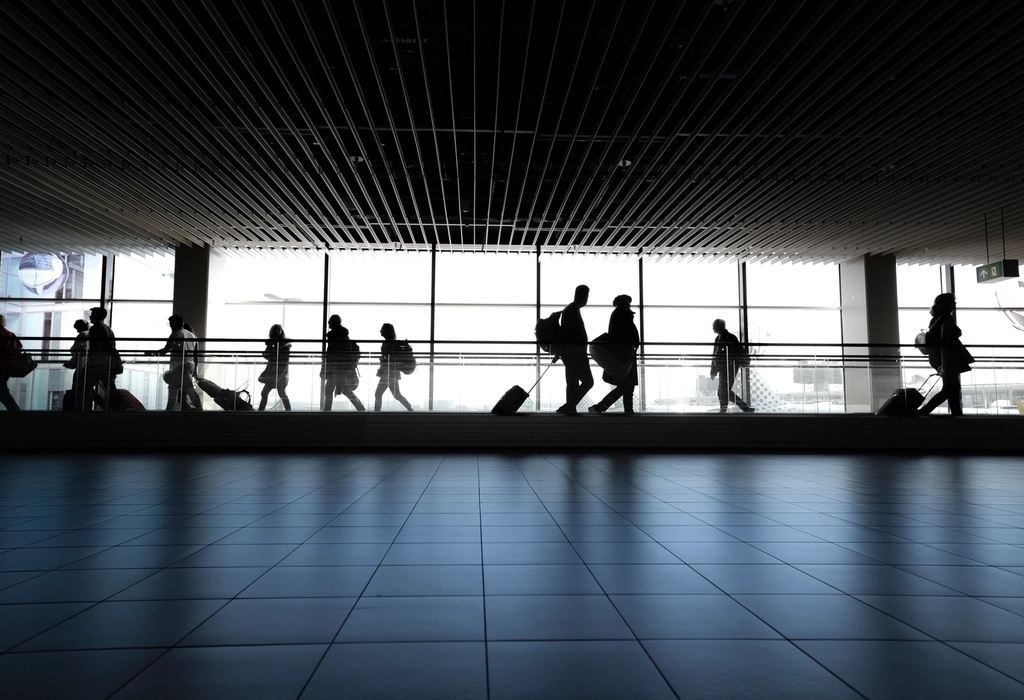
Wandering well means tuning into more than just where you’re going — it’s about understanding the global system that makes travel possible. Trade isn’t just about stuff. It’s about people, culture, connections, and yes, sometimes friction. But even in a world of tariffs and tense negotiations, the human urge to explore, to share, and to understand remains borderless.
So pack smart, stay curious, and remember: whether you’re in a Parisian bistro or a Tampa taco truck, there’s a story behind every bite, boarding pass, and backpack — and trade helped deliver it.
Discover more from Mellow Wanderer
Subscribe to get the latest posts sent to your email.

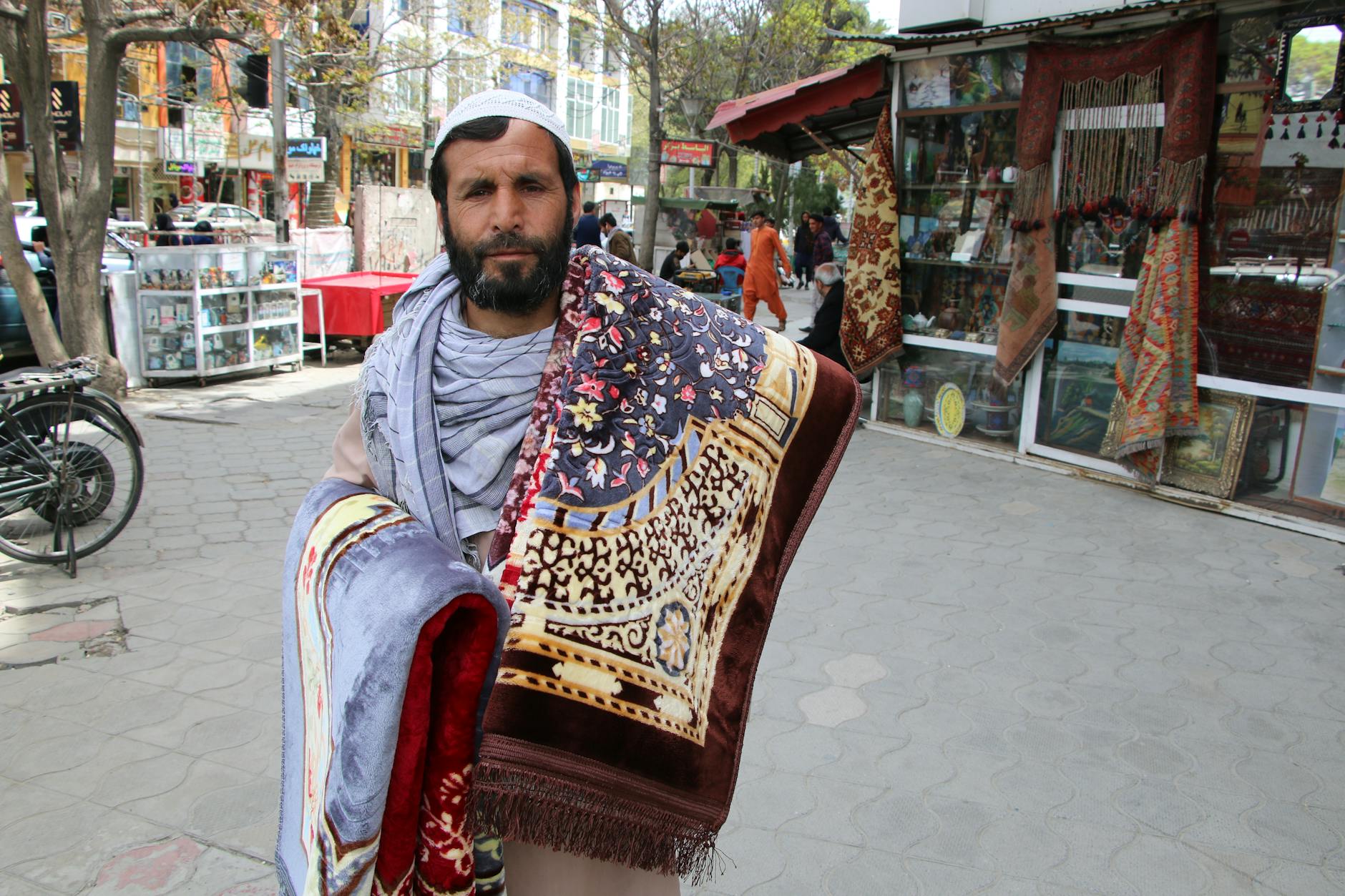
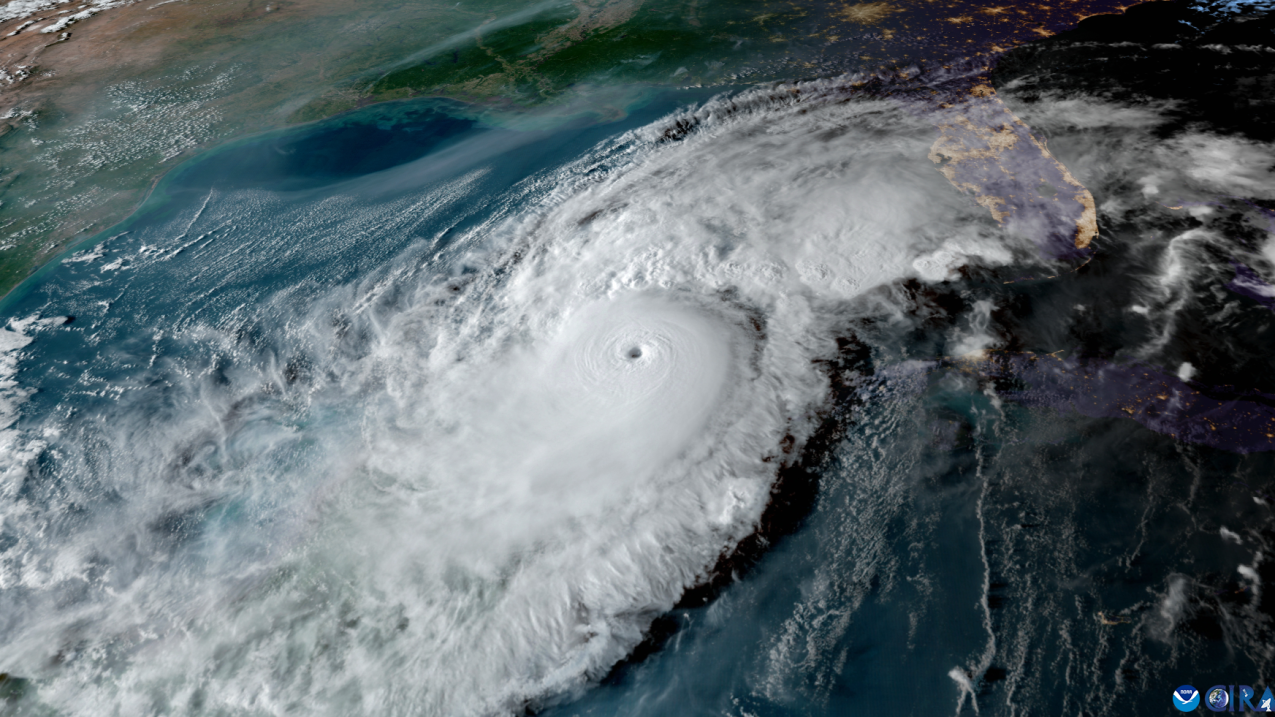

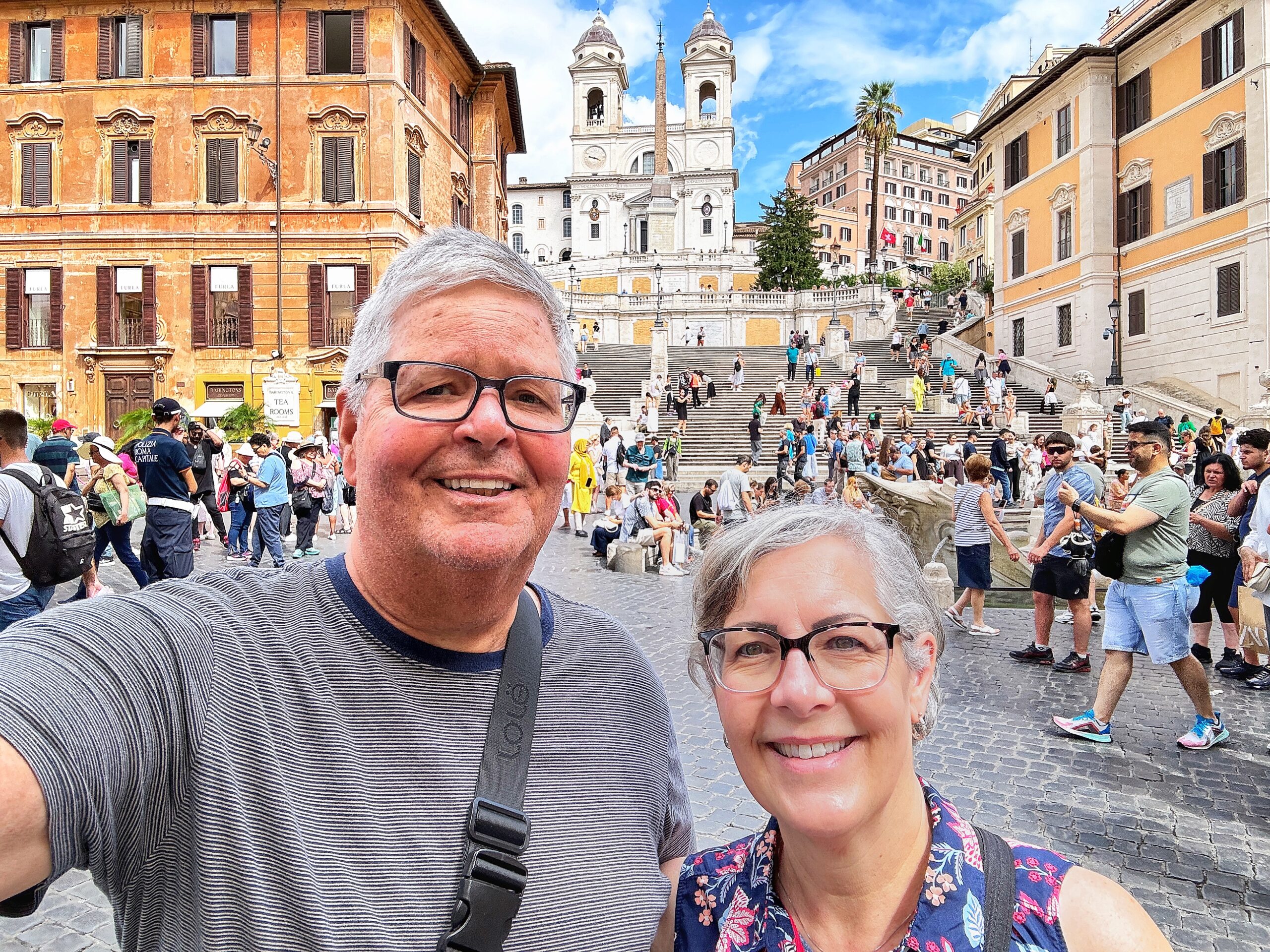
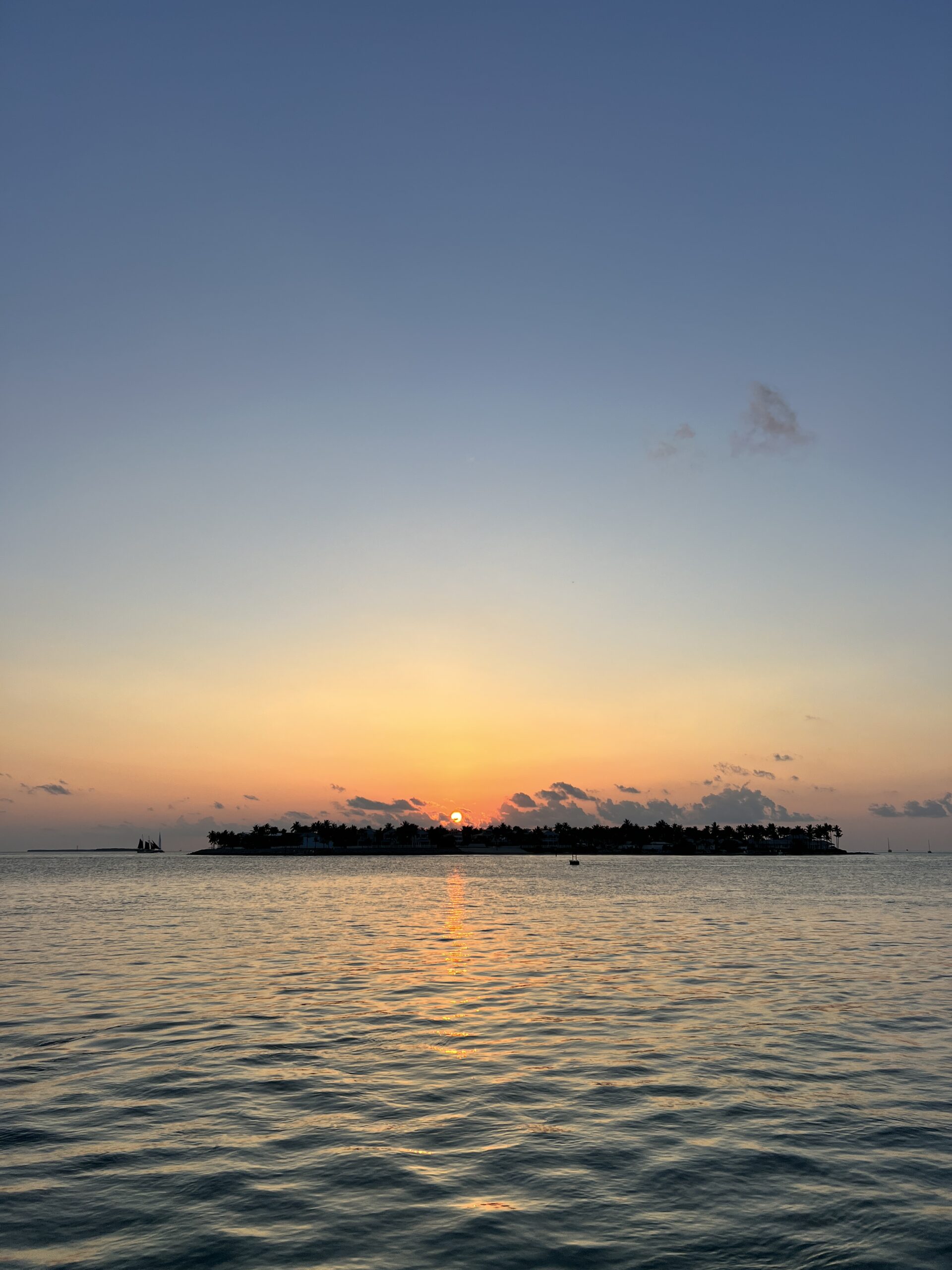
Nice piece there. So very Cary.
Ar, ar!
Many aspects of travel to keep in mind. Thank you for the sage advice!
Sure thing. Certainly living in interesting times.
Thanks, pal!